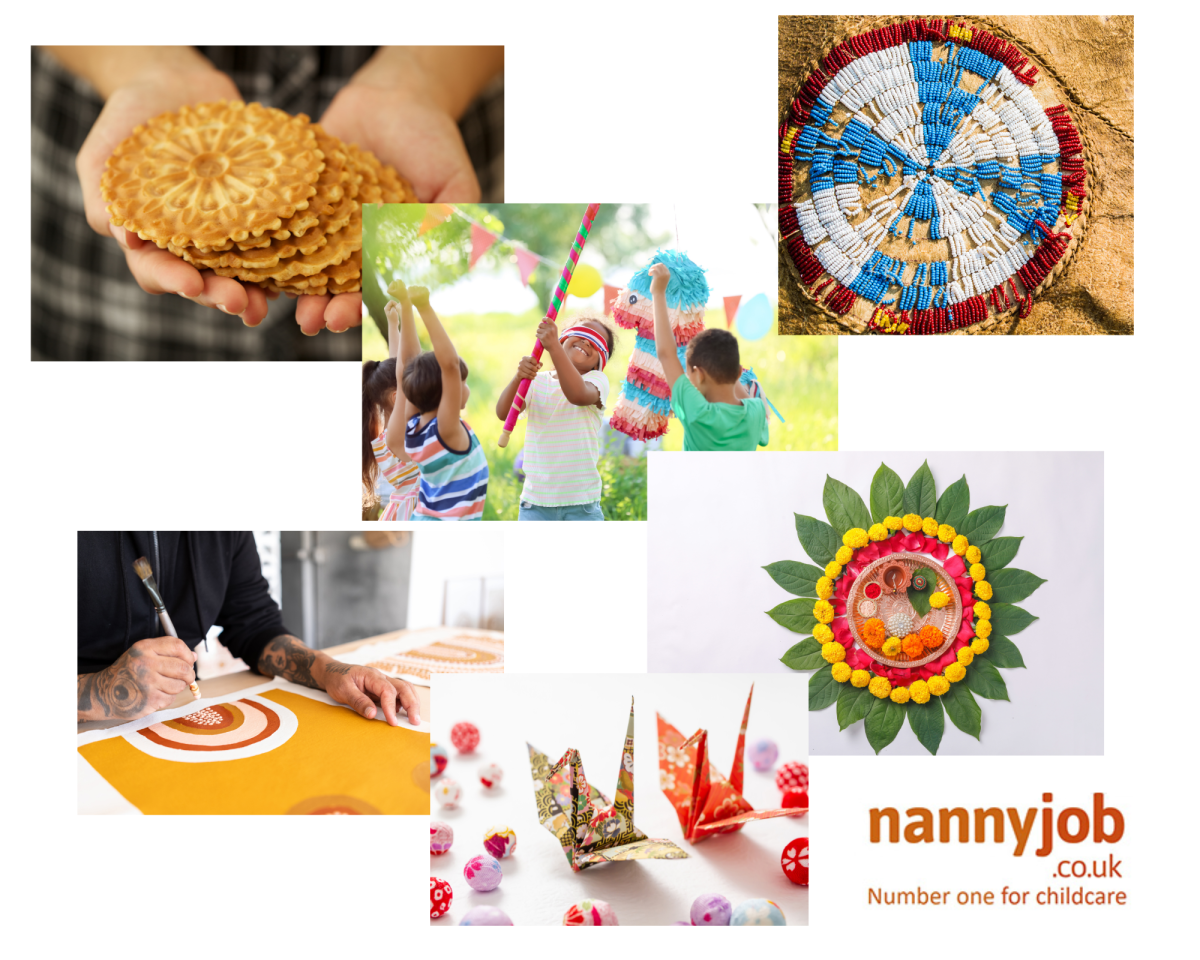Childcare, often encapsulated under the umbrella of early years education, plays a pivotal role in the foundational years of a child’s life. In the UK, with the ever-evolving emphasis on the significance of early childhood experiences on a child’s overall development, there has been a surge in opportunities within the childcare sector.
1. Diverse Roles in Childcare
Broadly speaking, childcare roles can be categorised into:
- Home-based care: This includes roles such as nannies and family caregivers.
- Centre-based care: This encompasses day-care centres, preschools, and nurseries.
The qualification needs differ based on the specific role. In the UK, the journey begins from the Foundation Level (Level 1) and can escalate up to the esteemed Early Years Professional Status (EYPS) at Level 6.
2. The Regulatory Landscape
The UK’s Office for Standards in Education, Children’s Services and Skills (OFSTED) oversees the qualifications and standards for childcare professionals. As the sector grows, staying updated with the latest regulations is paramount for those considering or already immersed in childcare careers.
3. A Day in the Life of a Nanny
Nannies play an instrumental role in a child’s early development. Responsibilities span from basic care to educational activities and even household chores, depending on the agreement with the parents. While traditionally dominated by females, the profession is also witnessing a rise in male nannies or “mannies”. Pursuing a Level 3 Diploma, as outlined by OFSTED, often adds credibility to a nanny’s credentials.
4. Embracing the Role of a Childminder
Childminders are unique as they provide care within their own homes. Apart from mandatory OFSTED registration, childminders must possess a paediatric first-aid certification and adhere to the child cap, currently set at six children.
5. The World of Playgroups and Pre-schools
A crucial bridge between home and formal schooling, pre-schools and playgroups focus on instilling social and foundational skills through interactive play. The growing importance of early education means an increase in opportunities in this segment. Professionals leading these groups typically hold a minimum Level 3 qualification.
6. The Nursery Landscape
Nurseries, whether affiliated with schools or independently operated, emphasize both educational play and childcare. Starting as a trainee nursery assistant, with the right qualifications and experience, one can ascend to managerial positions.
In the ever-evolving landscape of childcare in the UK, professionals have myriad opportunities to make meaningful contributions to a child’s life. Whether you’re a budding childcare enthusiast or a seasoned pro, the future holds immense promise.









